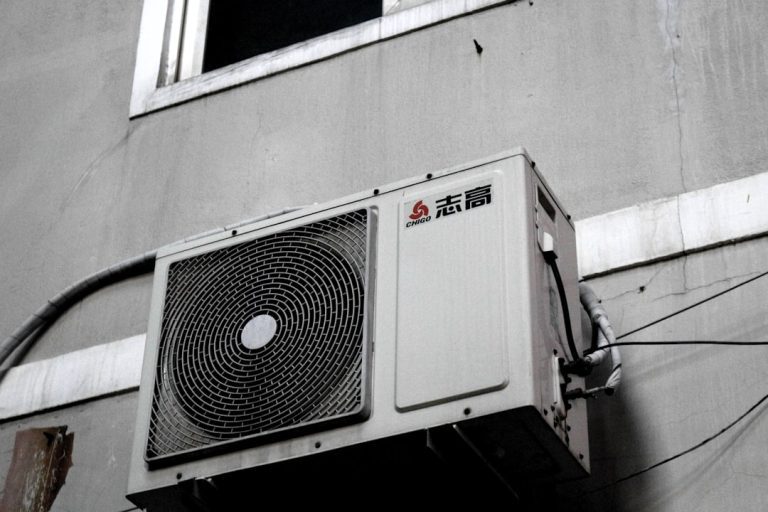Understanding Your Property’s Needs
Choosing the right air-source heat pump begins with understanding your property’s needs. Each home is different, and factors such as size, insulation quality, and daily heating patterns all influence the type of system required. A well-insulated home needs less power to stay warm, while older properties may require a more capable pump to deliver steady heat. It is also essential to think about hot water use, as some systems handle both heating and water supply. Before deciding, homeowners should consider the home’s layout and available outdoor space, as the outdoor unit needs an open area with good airflow. A clear assessment helps match the system to the property’s demands. It also sets the foundation for long-term comfort and efficiency. Many households begin planning for ongoing maintenance at this early stage, often choosing an air source heat pump service plan to support smooth operation once the system is installed.
Distinguishing Between Monobloc and Split Systems
Air source heat pumps are typically available as monobloc or split systems. Each option has benefits, and the right choice depends on the home’s structure and heating requirements. A monobloc system keeps all major components in a single outdoor unit. This simplifies installation, as there is no need to connect separate parts indoors. The system sends heated water directly into the home through insulated pipes. For many households, this compact design is practical and easy to maintain. Split systems, however, place part of the equipment outdoors and part indoors. This arrangement can offer better efficiency in colder conditions, as the refrigerant is transferred between units. Split systems also allow more control over installation placement, which can be helpful for larger homes. Understanding these differences supports a more informed choice and ensures the system fits both the property and household expectations.
Considering Heat Pump Size and Performance
Size plays a key role in selecting the right air-source heat pump. A system that is too small will struggle to heat the home and may work harder than necessary, leading to higher energy use. A system that is too large may cost more than required and operate less efficiently. The aim is to find a balanced size tailored to the property. This is known as “sizing,” and it is based on heat-loss calculations that determine how much warmth a home needs to maintain a steady temperature. Installers carry out these calculations during the initial survey. Homeowners should ensure these measurements are accurate, as they affect comfort and running costs for many years. Proper sizing also supports the system’s long-term performance and reduces unnecessary strain. A correct match leads to a reliable heating experience and a more efficient home environment.
Thinking About Noise Levels and Placement
Noise levels are another key consideration when selecting an air source heat pump. Modern systems are designed to be quiet, but the outdoor unit will still produce a low hum during operation. Placement affects how noticeable this sound will be. The unit should sit on a stable surface and have enough open space around it for proper airflow. It is also wise to position it away from bedroom windows or neighbouring properties to avoid disturbance. Indoors, the hot water cylinder or control unit should be placed in an accessible space, such as a utility room. Practical placement supports both convenience and performance. It also keeps maintenance straightforward. Simple steps, such as keeping the outdoor unit free from leaves or debris, help the system run smoothly. Combined with a regular air source heat pump service plan, thoughtful placement contributes to quiet, consistent heating throughout the year.
Reviewing Running Costs and Efficiency
Efficiency is one of the main advantages of air-source heat pumps, but different models offer varying performance levels. The Seasonal Coefficient of Performance (SCOP) helps homeowners understand how efficiently a heat pump operates across the year. A higher SCOP rating means the system produces more heat per unit of electricity used. This leads to lower running costs and improved sustainability. Homeowners should also consider the compatibility of the heat pump with existing radiators or underfloor heating systems. Heat pumps work best with larger radiators or low-temperature heating systems, which allow them to operate at steady levels. Good insulation further improves efficiency and helps maintain comfortable indoor temperatures. By reviewing the system’s energy performance, homeowners can choose a model that suits both their heating needs and long-term cost expectations. A well-selected system offers reliable warmth with reduced energy use.
Planning for Future Maintenance
Long-term care is an essential part of choosing the right heat pump. While these systems are reliable, they require routine maintenance to operate at their best. Simple tasks such as cleaning filters and checking the outdoor unit help maintain efficient airflow. Professional checks should also take place once a year to inspect refrigerant levels, electrical connections, and overall performance. A structured air source heat pump service plan provides a clear framework for this routine maintenance. It ensures the system receives regular attention, reducing the risk of faults and supporting long-term efficiency. Planning maintenance early also helps homeowners understand the total investment required to own a heat pump. When properly cared for, these systems offer many years of stable, efficient heating and become an essential part of a sustainable home. Maintenance is therefore not an afterthought but a necessary element of choosing the right system.
Conclusion
Selecting the right air-source heat pump requires careful consideration of property needs, system type, placement, and long-term maintenance. Each home is unique, and the best system is one that fits its structure, heating demands, and energy goals. Understanding key differences, such as whether to choose a monobloc or split system, helps guide the decision. Reviewing efficiency ratings and running costs ensures the system will perform well throughout the year. Planning for ongoing maintenance, including the option of a service plan, supports long-term reliability. With these considerations in mind, homeowners can make a confident choice that delivers comfort, stability, and efficiency. A well-chosen heat pump becomes a lasting part of sustainable living and supports a warmer, more energy-conscious future.


